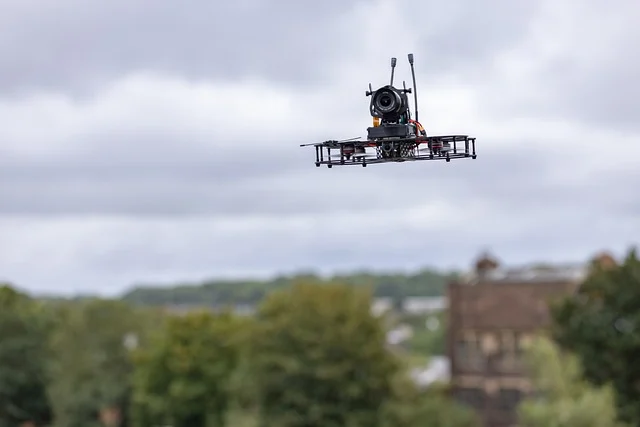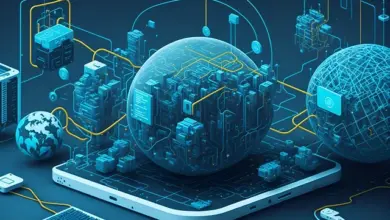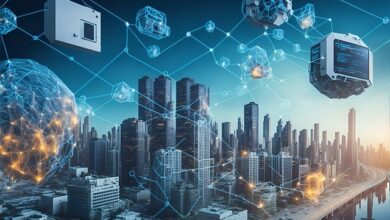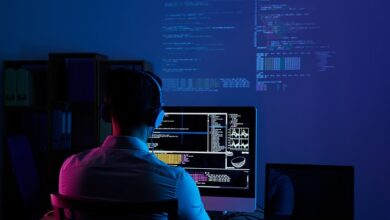
In recent years, drones have emerged as one of the most innovative and versatile technologies across various industries. Known for their capability to reach places where humans or conventional machinery may struggle, drones have opened up new possibilities in fields ranging from entertainment to agriculture, defense, and healthcare. However, with this increased usage, concerns about privacy, safety, and the ethical implications of drone use have also risen, leading to the creation of strict regulations governing their deployment. This article explores the diverse applications of drones and examines the regulatory frameworks that have been established to manage their usage responsibly.
The Rise of Drones: What Are They?
Drones, also known as unmanned aerial vehicles (UAVs), are aircraft systems that operate without a human pilot on board. They are typically controlled remotely or autonomously using pre-programmed flight plans. Initially developed for military purposes, drones have evolved into commercial and recreational tools available to the general public.
Modern drones are equipped with advanced technologies like GPS, cameras, sensors, and artificial intelligence (AI), which enable them to perform a wide range of tasks with high precision and minimal human intervention. Their versatility makes them indispensable in both civilian and military applications.
Major Uses of Drones
1. Agriculture
One of the most revolutionary impacts of drones has been in agriculture. Farmers use drones to monitor crop health, spray pesticides, and optimize irrigation. Drones equipped with multispectral cameras can provide detailed data about soil health and crop growth, allowing for targeted interventions that increase yield while reducing waste. This technology is particularly beneficial in large-scale farming, where traditional methods of monitoring crop health would be time-consuming and costly.
2. Delivery Services
Major corporations like Amazon and Google have already started experimenting with drone-based delivery systems. Drones can significantly reduce delivery times, especially in urban areas where traffic congestion can delay traditional delivery vehicles. Additionally, drones can reach remote or hard-to-access locations, making them invaluable for delivering essential items like medical supplies in emergency situations. While the technology is still in its infancy, it has the potential to transform the logistics and e-commerce industries in the future.
3. Filmmaking and Photography
Drones have revolutionized the film and photography industries. Cinematographers use drones to capture stunning aerial footage that would have been prohibitively expensive or impossible with traditional helicopter shots. Drone photography is also popular for real estate, providing potential buyers with an aerial view of properties. In recent years, drone footage has become a staple in sporting events, concerts, and even weddings, offering unique perspectives that add value to visual storytelling.
4. Search and Rescue
In emergency situations, time is often of the essence. Drones have proven to be vital tools for search and rescue missions, particularly in areas where human access is restricted or dangerous. Equipped with thermal cameras and night vision, drones can quickly locate missing individuals in vast forests, mountainous regions, or disaster-stricken areas. Drones can also be used to deliver supplies or medical aid to individuals stranded in inaccessible areas, improving the odds of survival in life-threatening situations.
5. Surveillance and Law Enforcement
Drones are increasingly being used by law enforcement agencies for surveillance and crime prevention. They provide a cost-effective and less intrusive way to monitor large crowds during public events, identify traffic violations, or track suspects in real-time. However, the use of drones in surveillance has sparked significant privacy concerns, as the ability to monitor individuals without their knowledge raises ethical and legal questions.
6. Infrastructure and Construction
Drones have proven their value in infrastructure inspection and construction management. They can fly over sites to monitor progress, detect structural issues, or survey land. This reduces the need for manual inspections, which can be dangerous or difficult to perform. In the energy sector, drones are used to inspect pipelines, power lines, and wind turbines, providing a safer and more efficient way to maintain critical infrastructure.
7. Environmental Conservation
Environmental researchers and conservationists use drones to monitor wildlife, track deforestation, and study ecological changes over large areas. Drones equipped with infrared cameras can observe animal populations without disturbing their habitats, providing valuable data for conservation efforts. Additionally, drones can help identify illegal activities such as poaching or illegal logging in remote forests, aiding in law enforcement and environmental protection efforts.
The Regulatory Landscape for Drones
As the use of drones has expanded, governments worldwide have introduced a variety of regulations to address safety, security, and privacy concerns. These regulations vary significantly by country, but most have common themes aimed at ensuring drones are operated responsibly.
1. Licensing and Certification
In many countries, drone operators must obtain a license or certification to fly drones for commercial purposes. For instance, in the United States, the Federal Aviation Administration (FAA) requires commercial drone pilots to pass the Part 107 test, which covers knowledge of airspace regulations, weather conditions, and emergency procedures. Some countries also require recreational drone users to register their drones and adhere to similar regulations.
2. Restricted Airspace
One of the most important aspects of drone regulation is the restriction on flying in certain types of airspace. Drones are generally prohibited from flying near airports, military bases, or other sensitive areas to avoid collisions with manned aircraft. Most countries have implemented no-fly zones in urban areas or near critical infrastructure, and violating these restrictions can result in significant penalties.
3. Privacy Laws
The increasing use of drones for surveillance has raised concerns about privacy violations. Some countries have enacted laws that limit how and where drones can be used to monitor individuals or capture images. In the European Union, for example, the General Data Protection Regulation (GDPR) applies to drones, requiring operators to respect individuals’ privacy and obtain consent when collecting personal data.
4. Operational Safety
Regulations also govern how drones can be safely operated. In many countries, drones must be flown within the visual line of sight (VLOS) of the operator, and there are strict limitations on flying at night or in poor weather conditions. Additionally, drones must not be flown over people or moving vehicles without special permission, to minimize the risk of accidents.
5. Weight and Size Limitations
Most drone regulations classify drones based on their weight, with heavier drones requiring more stringent licensing and operational restrictions. For instance, the FAA in the U.S. classifies drones weighing less than 55 pounds as “small drones,” subject to less strict regulations than larger UAVs. This ensures that recreational and commercial users are held to different standards depending on the size and potential risk posed by their drones.
Challenges in Drone Regulation
While many countries have taken steps to regulate drone usage, challenges remain in keeping up with rapid advancements in drone technology. Autonomous drones, capable of flying without human intervention, pose a significant regulatory challenge, as current laws are typically based on the assumption that a human operator is controlling the drone. Additionally, enforcing drone regulations can be difficult, particularly when it comes to identifying unauthorized or malicious drone activity.
Drone delivery systems also pose unique regulatory challenges, especially in terms of ensuring the safety of packages dropped from the air. Integrating drones into busy urban airspaces without disrupting existing air traffic or posing risks to public safety is a complex task that requires ongoing regulatory innovation.



